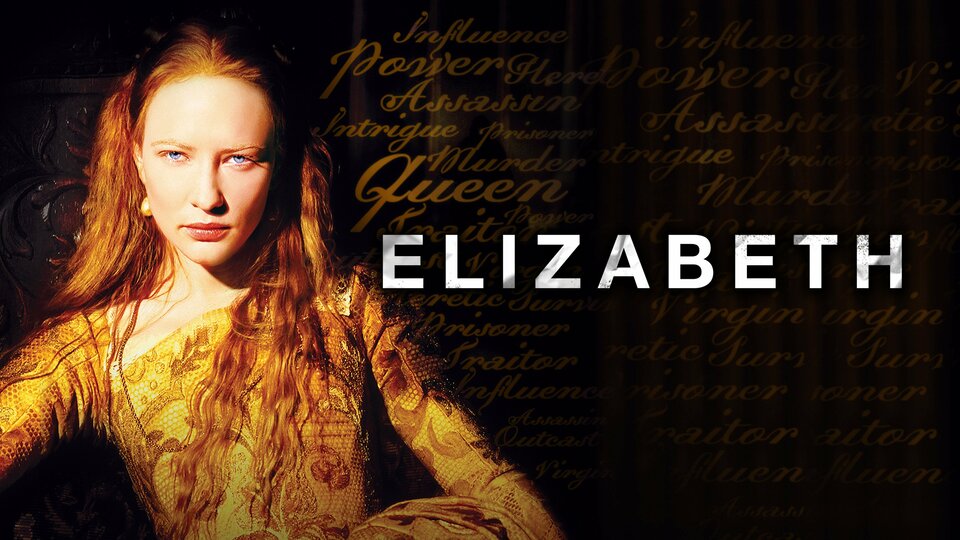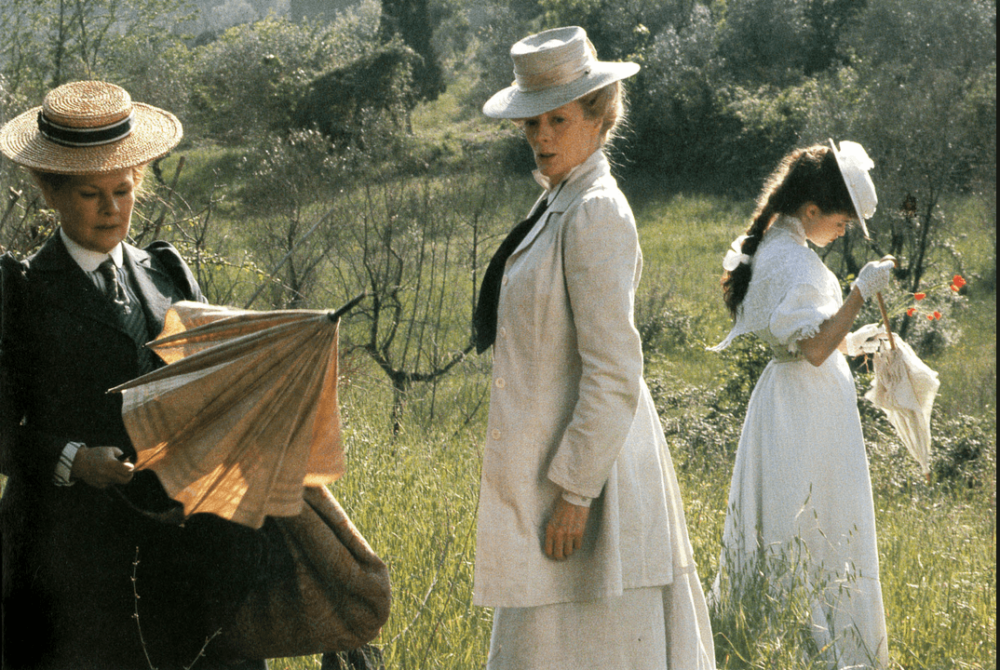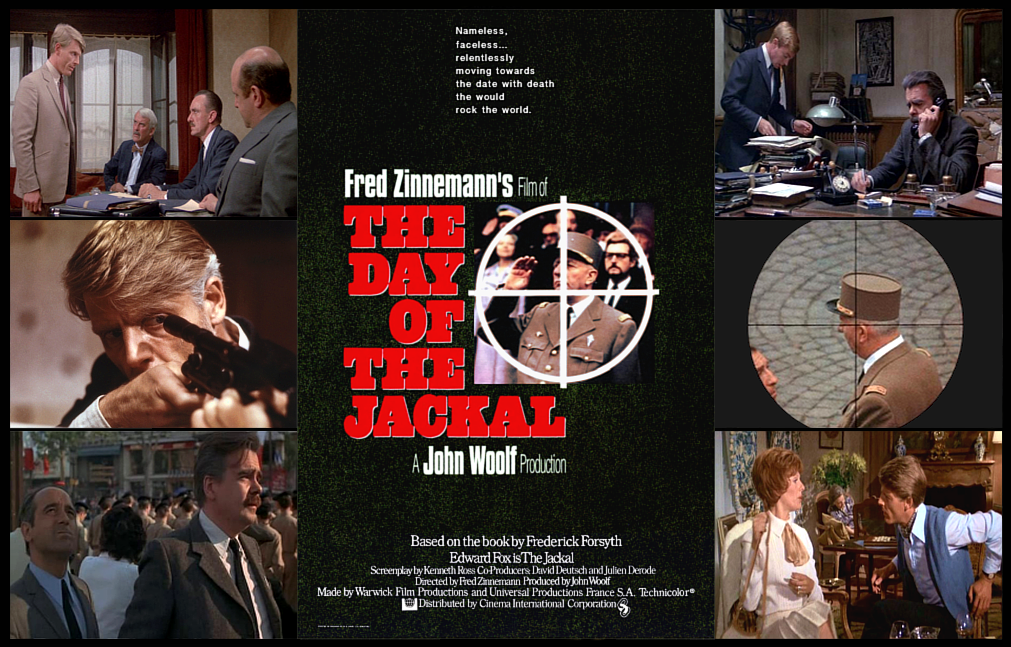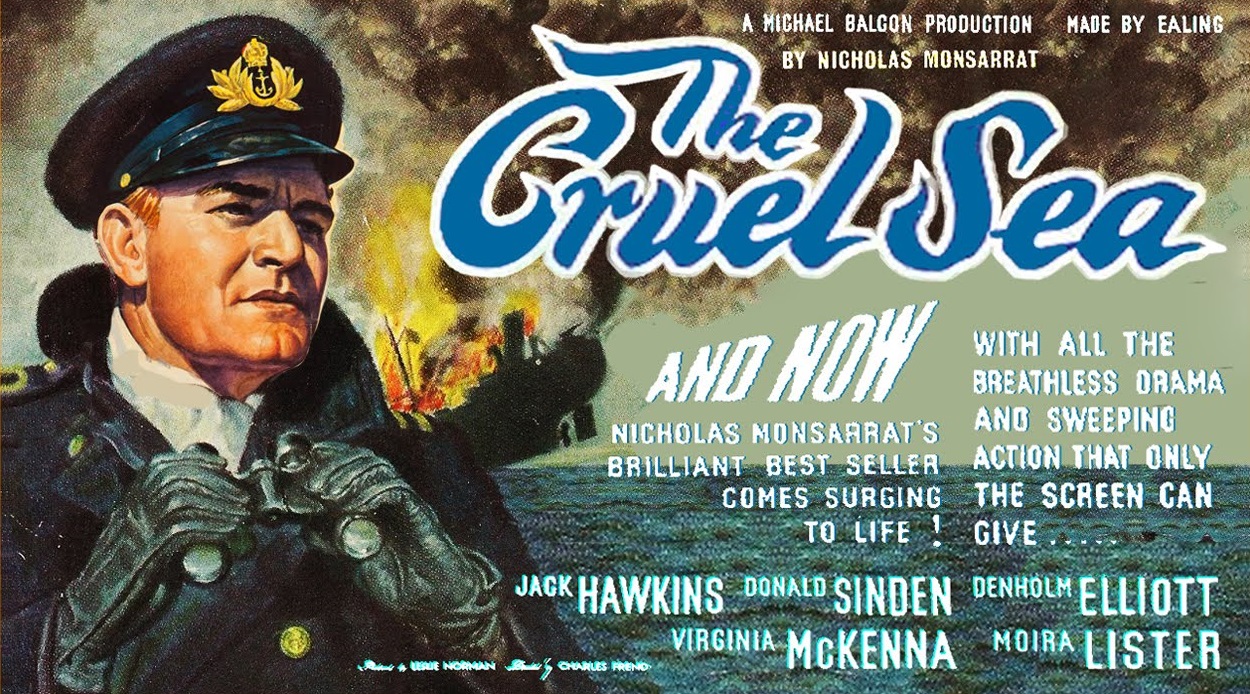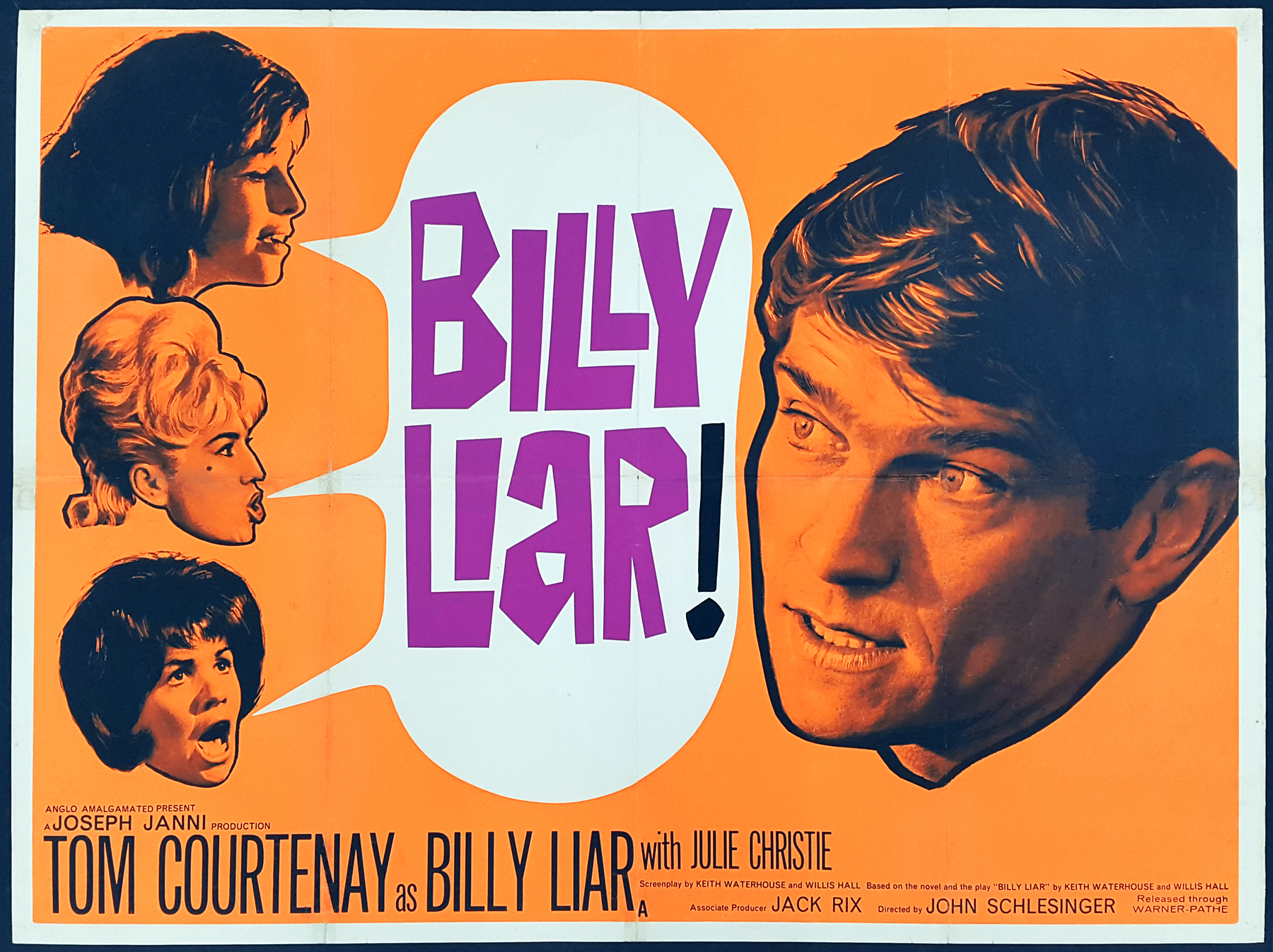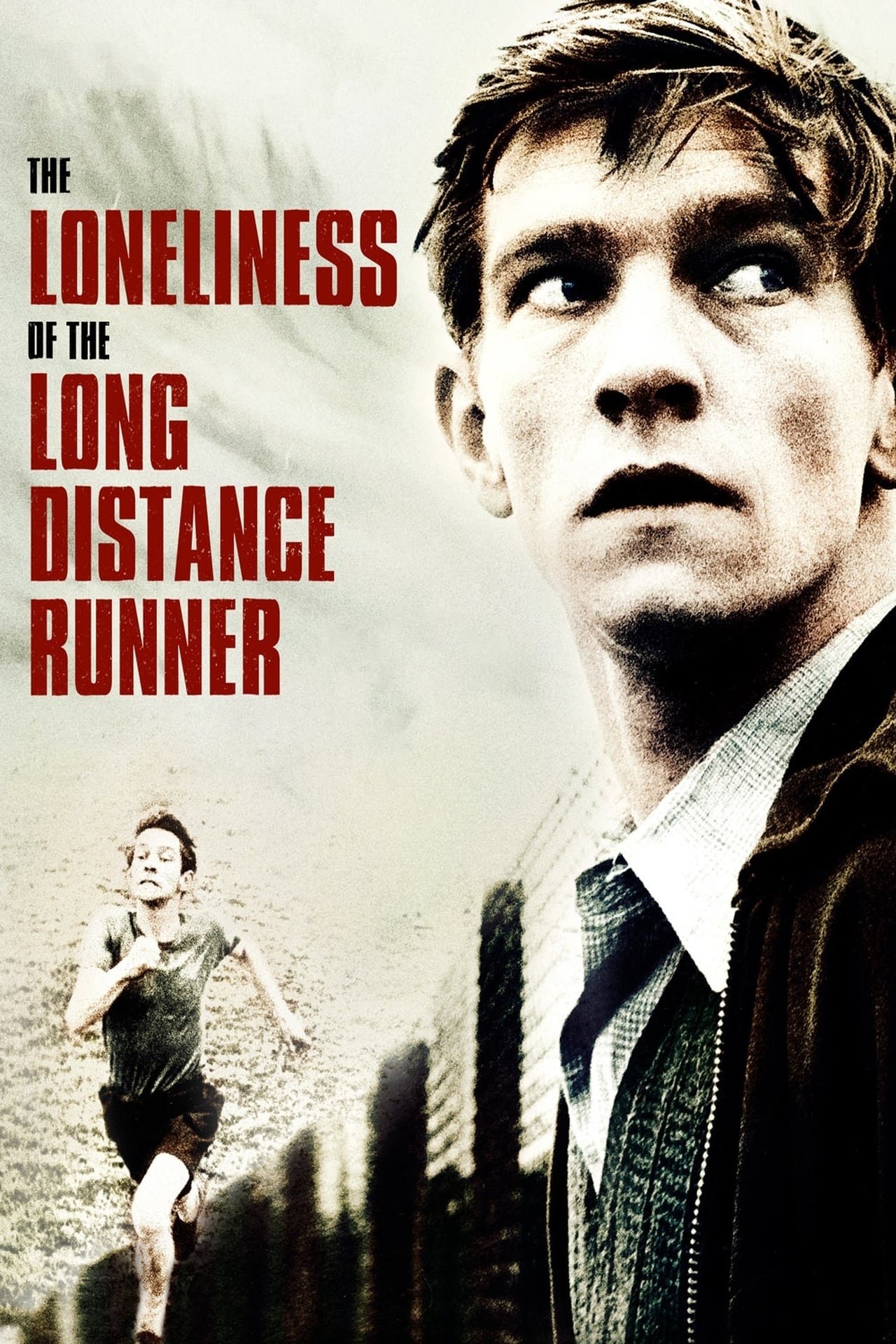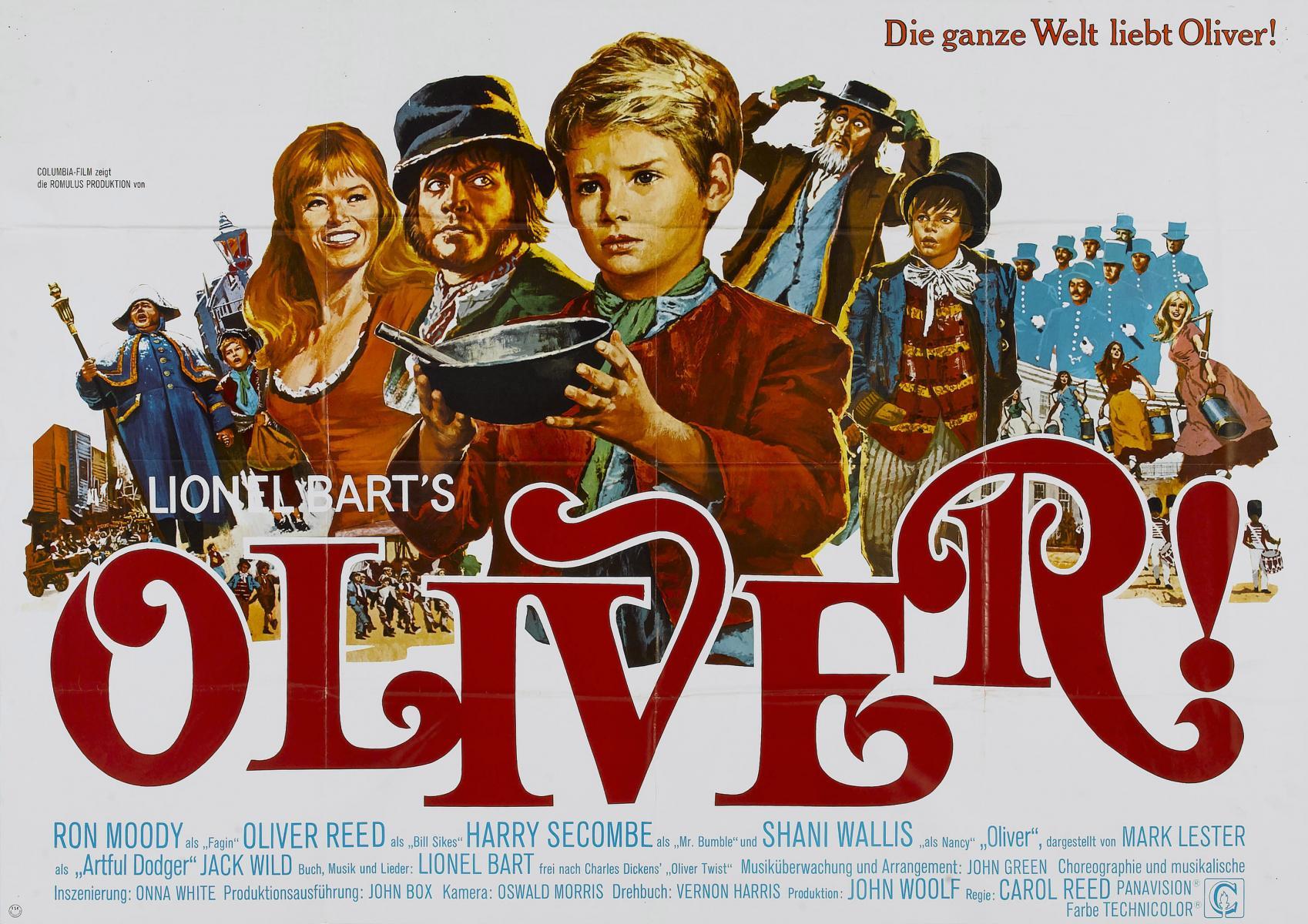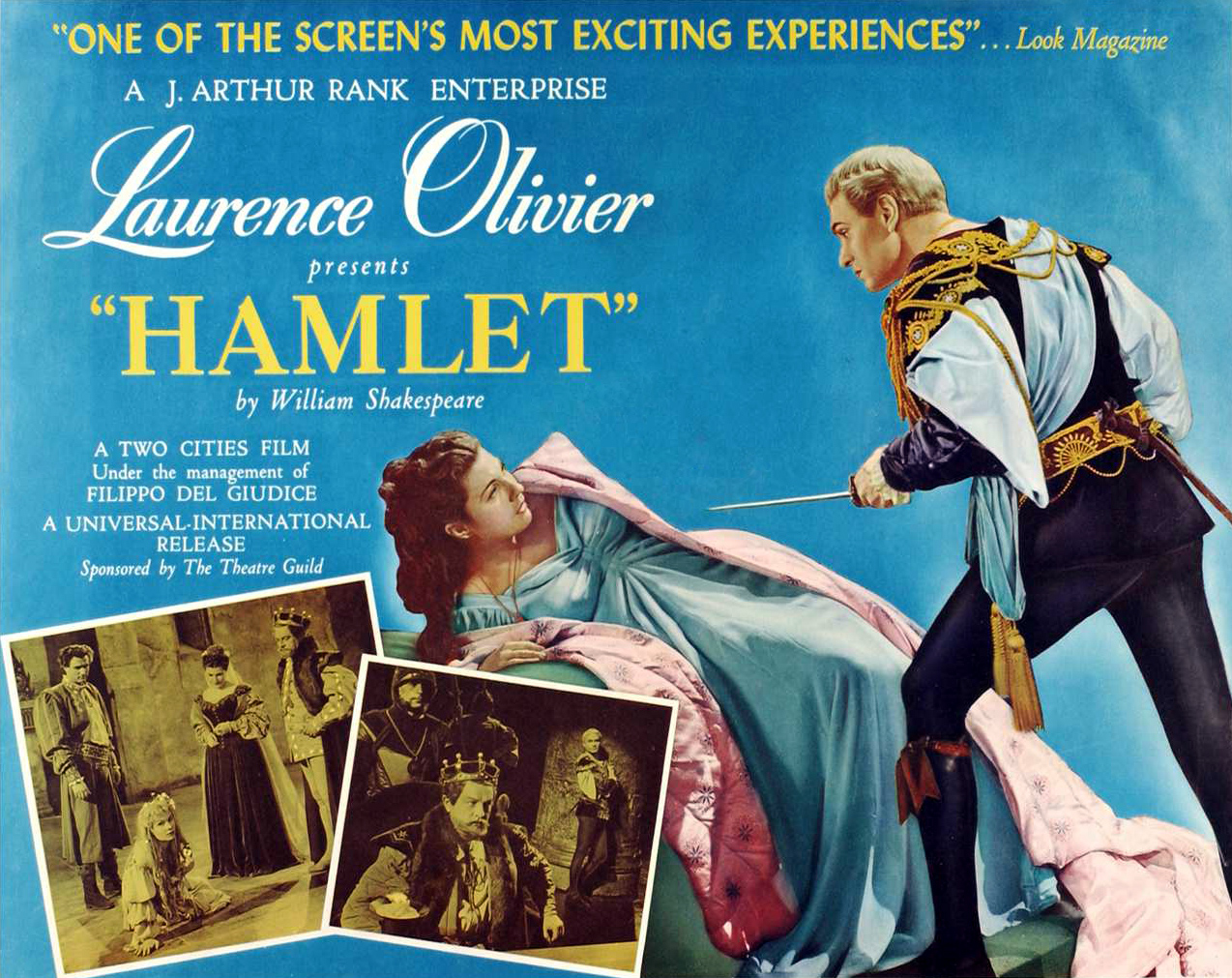
10 Interesting Facts and Figures About Laurence Olivier’s Hamlet (1948)
Laurence Olivier’s 1948 adaptation of Shakespeare’s “Hamlet” remains a seminal work in the realm of classic British cinema. This film, which garnered critical acclaim and numerous awards, is celebrated not only for its artistic merit but also for the legacy it creates within film history. Here are ten captivating facts and figures about this iconic film.
1. The First British Film to Win an Oscar for Best Picture
“Hamlet” became the first British film ever to win the Academy Award for Best Picture in 1949, solidifying its place in cinematic history.
2. Laurence Olivier’s Dual Role
Laurence Olivier not only directed the film but also took on the lead role of Prince Hamlet. His portrayal was widely praised and is often considered one of the finest interpretations of the character.
3. A Groundbreaking Cinematic Technique
The film is notable for its innovative use of deep focus cinematography, allowing for multiple layers of action and depth in each frame, enhancing the storytelling experience.
4. Original Running Time
The original running time of the film was approximately 152 minutes. However, it was later edited down to about 138 minutes for its theatrical release.
5. A Star-Studded Cast
In addition to Olivier, the film features a stellar cast, including Jean Simmons as Ophelia, Basil Sydney as King Claudius, and Norman Wooland as Horatio, all of whom delivered memorable performances.
6. Academy Award Wins
In addition to Best Picture, “Hamlet” won an Academy Award for Best Actor for Laurence Olivier, making him the first actor to win an Oscar for a Shakespearean role.
7. Filming Locations
The film was primarily shot at Pinewood Studios in Buckinghamshire, England, allowing for creative control and a range of atmospheric sets that contributed to the film’s overall aesthetic.
8. Critical Acclaim
Upon its release, “Hamlet” received widespread critical acclaim, with many reviewers highlighting Olivier’s direction and performance as transformative for both the film and the genre.
9. Influence on Future Adaptations
Olivier’s “Hamlet” has influenced numerous adaptations of Shakespeare’s work in film and theater, setting a benchmark for stylistic interpretation and performance.
10. Restoration and Legacy
In 1996, the film underwent a restoration process, ensuring that new generations could experience Olivier’s brilliant interpretation and the timeless themes of Shakespeare’s play.
Conclusion
Laurence Olivier’s 1948 adaptation of “Hamlet” remains a landmark achievement in cinema. Its innovative techniques, powerful performances, and historical significance continue to resonate with audiences and filmmakers alike. As we reflect on the legacy of this classic British film, it is clear that Olivier’s work has shaped the way we perceive and adapt Shakespeare’s timeless stories.

